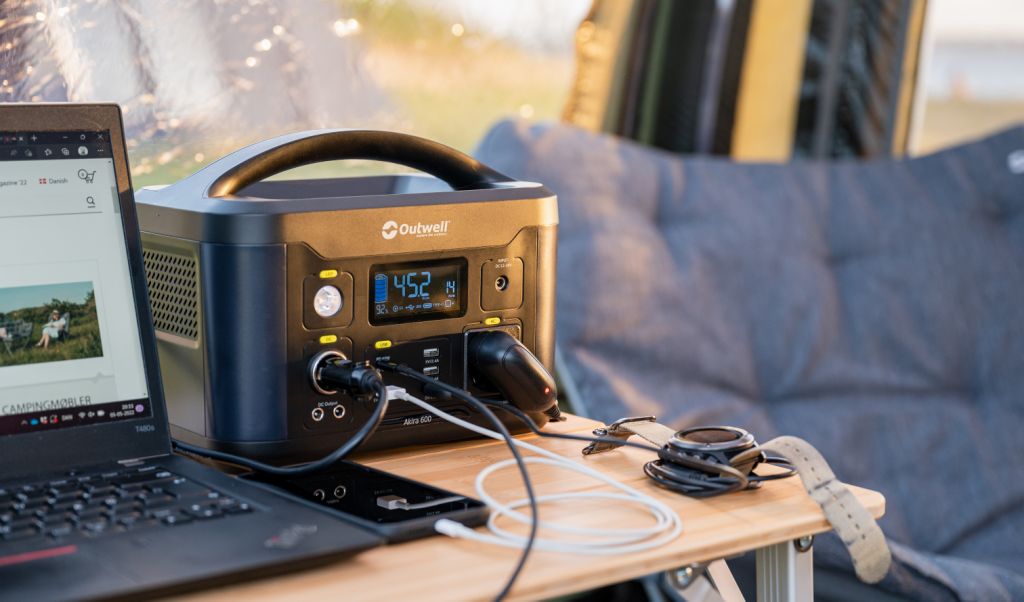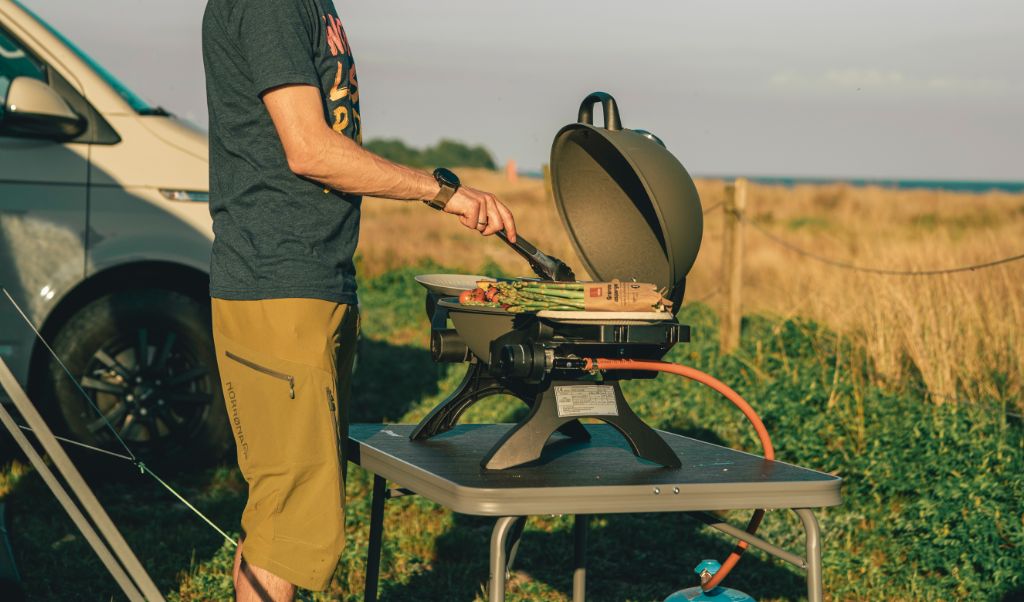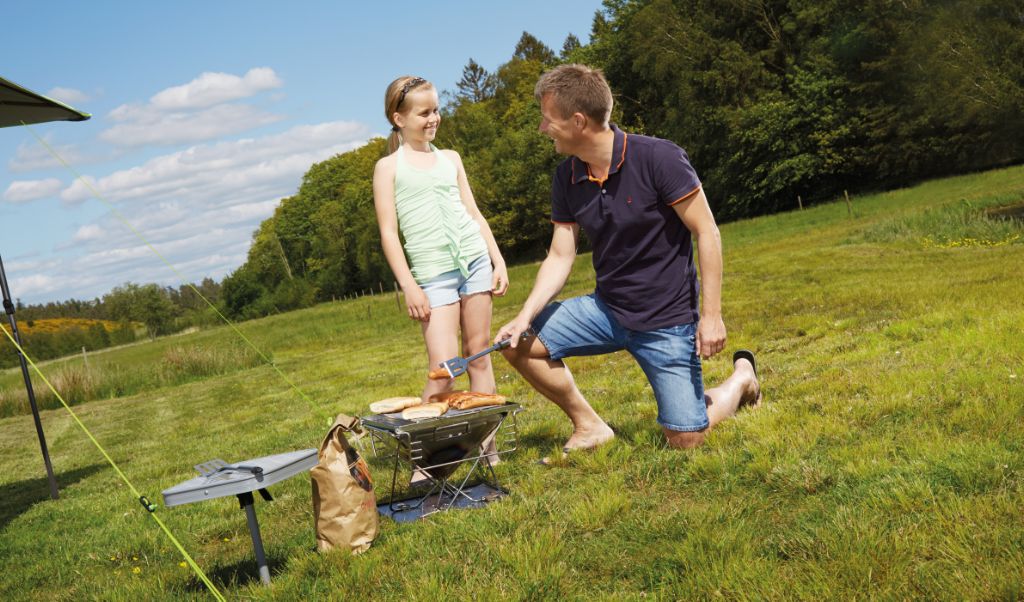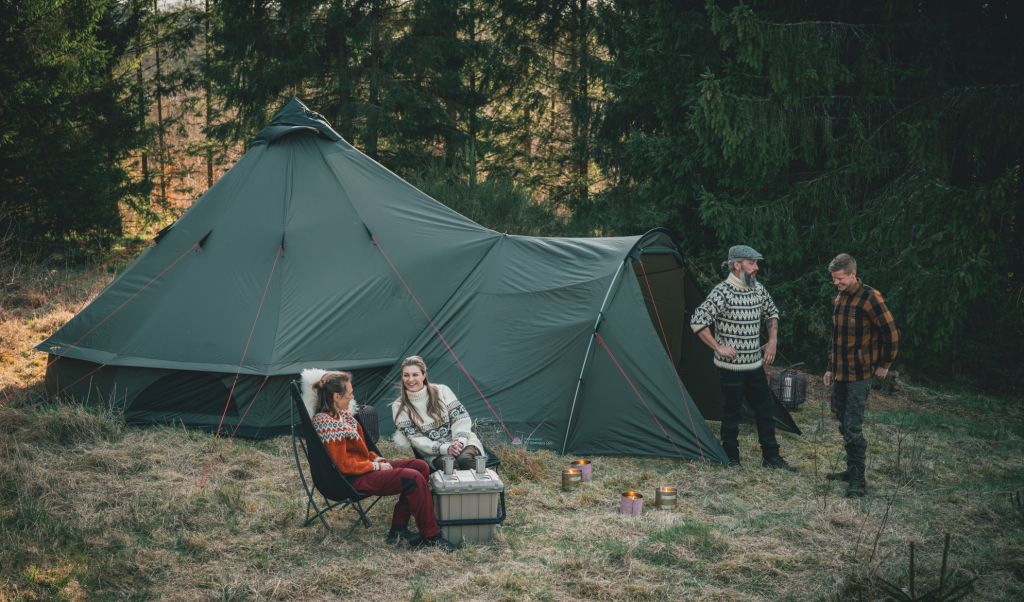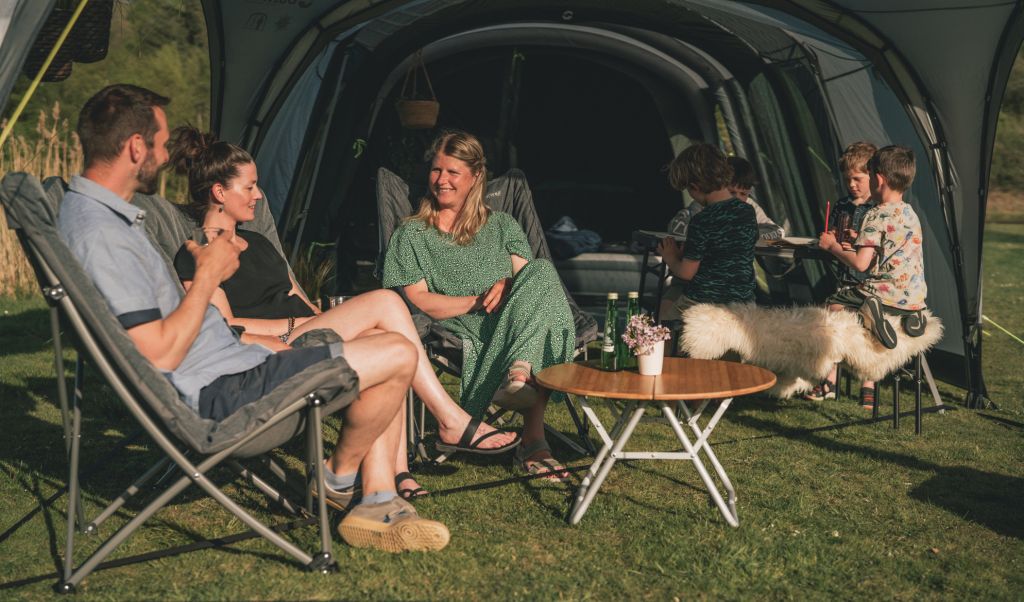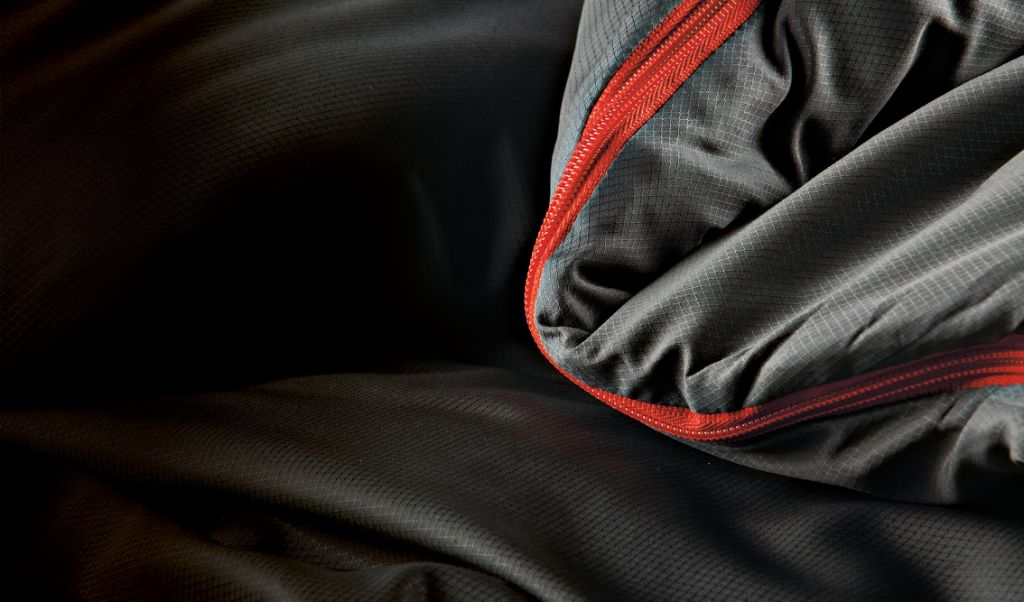EU directives and regulations
- REACH – EU Chemical legislation (EC) No 1907/2006 with amendments REACH (Registration, Evaluation, Authorization, Chemical) is EU's basic chemical legislation that ensures chemicals are correctly used with minimal risk to health and the environment.
- REACH Annex XVII Annex XVII to the REACH legislation contains the list of restrictions on the marketing and use of certain hazardous substances, mixtures and articles in the European market
- SVHC Candidate List The SVHC Candidate List is a short version of Substances of Very High Concern.
- POP Regulation EU 2019/1021 Persistent Organic Polluters (POP) are characterized by toxic properties. The overall purpose of POP Regulation EU 2019/1021 is to prevent the release of such pollutants into the environment by restricting their marketing and conditions for production, use and waste management.
- CE/UKCA
- EN Standards
The above list is not exclusive and is subject to amendment as new standards and regulations are introduced as part of the ongoing process.



